

In recent days, the endless stream of cars, architecture, design and 'White Lotus' memes ("Piper, nooo!") on our smartphones has been interrupted by a staccato of breaking news announcing the latest tariff threats from the white house and stock markets in free fall. And while the global design crowd that assembles in Milan this week for the annual Salone del Mobile, or Milan Design Week, hid its concerns pretty convincingly behind their Miu Miu glasses, the economic elephant in the room was hard to ignore. After all, the US is the world’s biggest market for design and furniture made in Italy and other European countries. So quite often, the Salone’s trademark Negronis were seemingly raised (and quickly refilled) in shock, rather than celebration. Meanwhile, optimistic visions for a better future achieved through innovation, creativity and design were increasingly hard to find at Fuorisalone, the show’s vibrant satellite programme.


Instead, many of the pop-up exhibitions curated by big design companies and small galleries – which essentially make Milan such an exciting city to explore during design week – put the spotlight on the certified classics and icons of the past. Prada Frames had brought Gio Ponti’s recently restored, very accidentally-Wes Anderson Arlecchino train from the 1950s to Milano Centrale for a design symposium that was sold out in seconds. Cassina celebrated the 60th anniversary of its collections by Le Corbusier, Pierre Jeanneret and Charlotte Perriand with a fascinating, Shakespearean play at Teatro Lirico Giorgio Gaber, while Perriand’s landmark work also took the center stage at Yves Saint Laurent’s Via Tortona showcase with a series of limited re-editions of the modernist masters’ forgotten designs. Perhaps the most striking piece was a 23-foot-long sofa made in 1967 for the Japanese ambassador's Paris residence, still more daring and extravagant than most contemporary creations we have seen in the last few days.
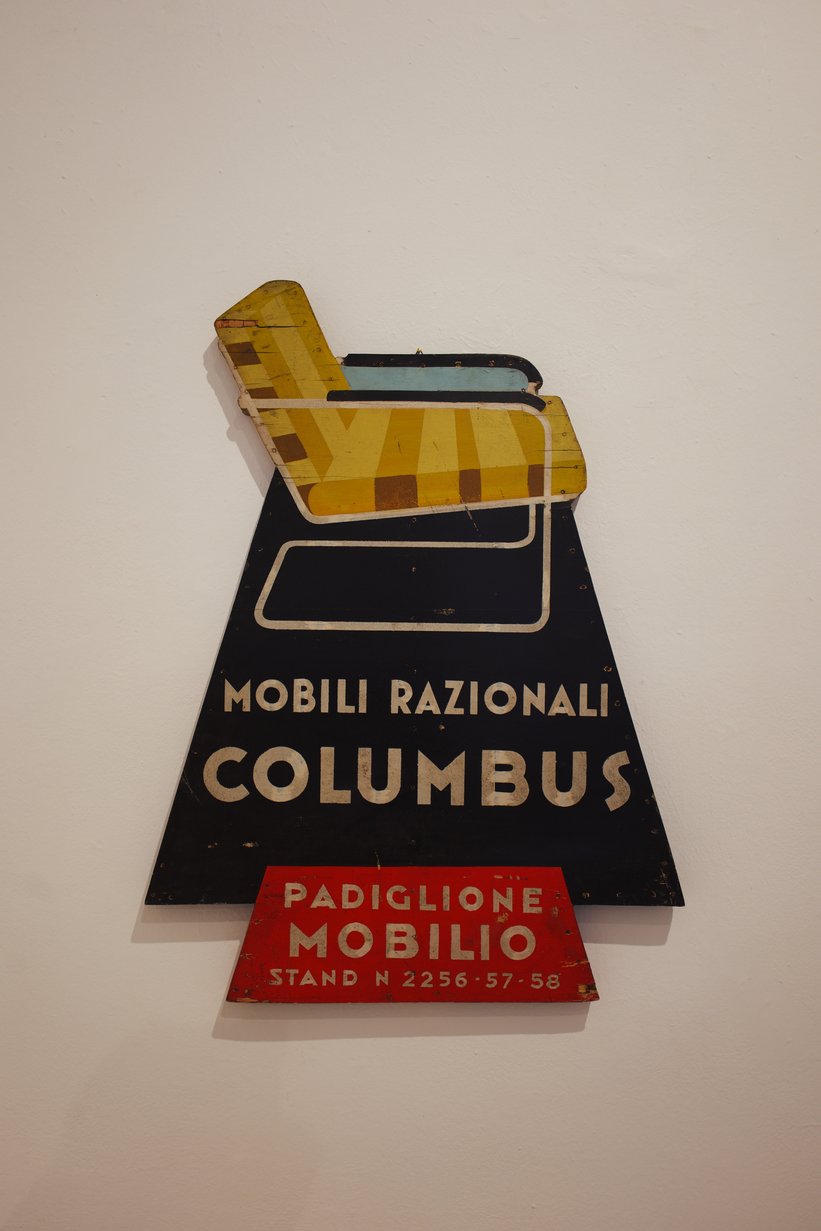

Meanwhile, the pioneering modernist furniture maker Thonet had teamed up with our favourite minimalist fashion house, Jil Sander. At Salone the two collaborators launched a striking contemporary interpretation of the iconic Marcel Breuer tubular steel chair S 64. Some streets up North, ETEL Gallery paid tribute to Oscar Niemeyers Italian commissions with a series of striking limited-edition furniture pieces and prints, while Loro Piana and Dimore Studio drew large crowds with their immersive installation “La Prima Notte di Quiete”, a fully furnished late-1970s apartment resembling a glamorous (and slightly messy) movie set.


In the 16th floor of the brutalist 1950s landmark skyscraper Torre Velasca, Dedar displayed re-editions of avant-garde weaving work by Bauhaus scholar Anni Albers, an icon of the modernist arts & crafts movement. The most enjoyable party of the show, however, was thrown by our friend Ted Gushue and his team at ERG Media for the launch of their new book 'Kaikado' – a celebration of the 150 year old Japanese craftsmanship tradition of teacaddy creation that is now available in the CD Shop.
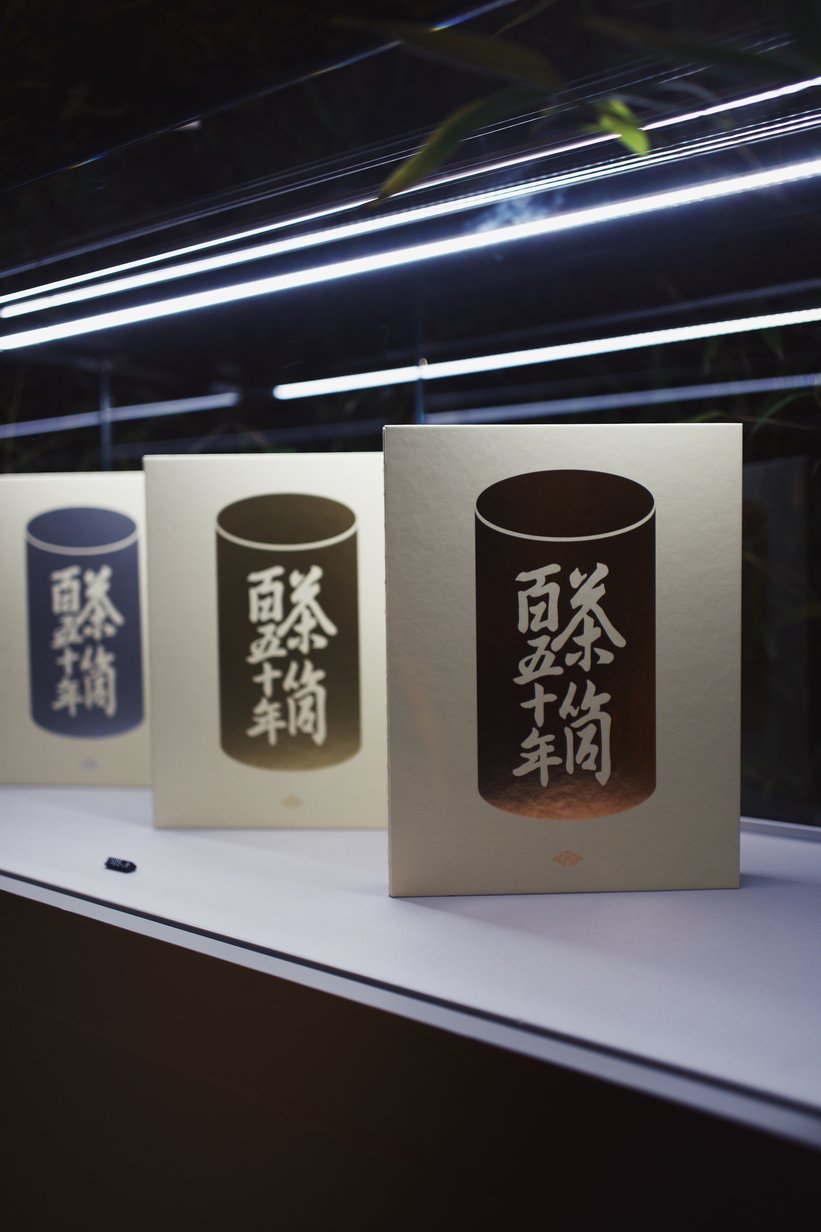
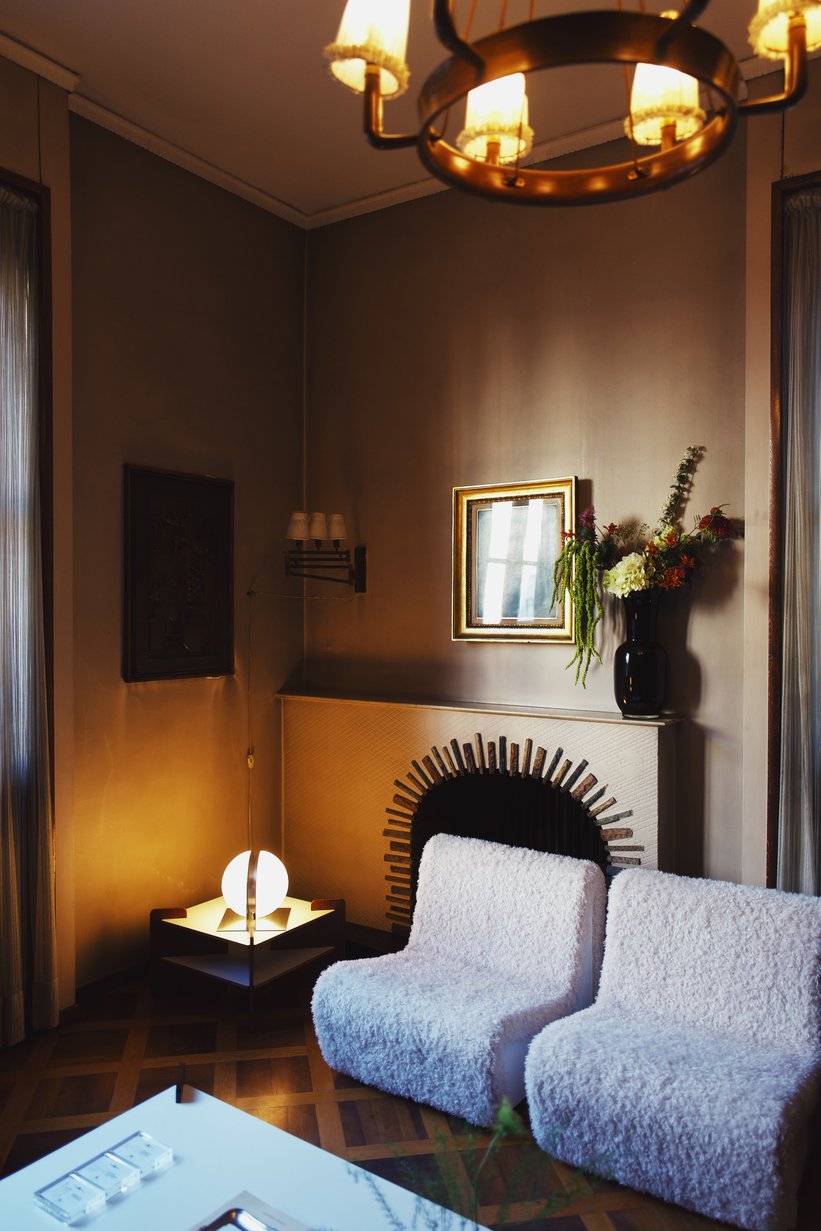
A half-hour train ride north of the Milan’s city center, in the small town of Varedo, the annual Alcova design festival had claimed not only the famous modernist Villa Borsani for a multi-artist show – the team had also transformed the ruins of the deserted rationalist SNIA factory into a post-apocalyptic playground for design disciples, blurring the boundaries between art, design and contemporary, 3D printer-assisted craftsmanship.

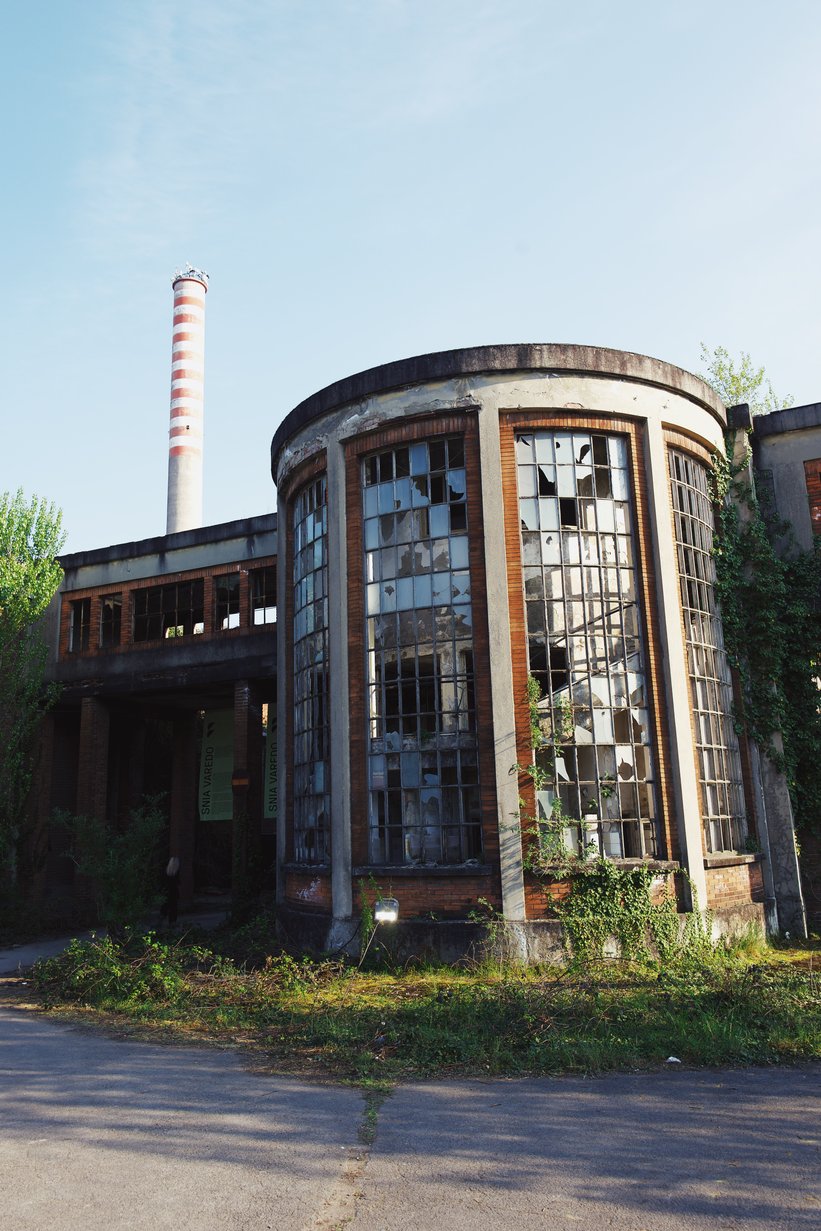
If civilization as we know it ceased to exist tomorrow, the creative minds who set up this fascinating commune would certainly be able to prepare the trans-human escape into space by designing rockets in their crumbling counterculture hideaway. Meanwhile, the dystopian alternative to this cyber-hippie dream was on display at Dropcity’s catacombs below Milan’s central station where the unsettling and slightly claustrophobic exhibition “Prison Time” explored spatial dynamics in penal enviroments. Lots of stainless steel, less terrazza and venetian chandeliers.


It is called Milan Design Week – but naturally we couldn’t shake off our passion for cars entirely. So once we had our fair dose of chairs and shelves, we went on a collector car safari through the city, searching for the coolest and most creative automotive displays and exhibitions. On Monday, Pininfarina kicked off it’s 95th anniversary with a VIP event, showcasing the impressive scope of Italy’s most famous design house – and displaying a breathtakingly beautiful Cisitalia along the company’s Battista EV hypercar. In the heart of Milan’s fashion district Brera, Range Rover had constructed a monolithical time machine. After guests had collected their boarding passes, they were time-warped back to the year 1970 and entered a wood-paneled presentation room where two young Milanese gentlemen in period-correct oversized suits presented the very first Range Rover Velar prototype, promising to revolutionize the automotive world with its blend of offroad ability and luxury in decades to come. In the next room, guests were pushed back into the year 2025, where the view of the latest Range Rover in matching Olive Green Metallic paint helped ease the shock of having to return to our very own times and age.

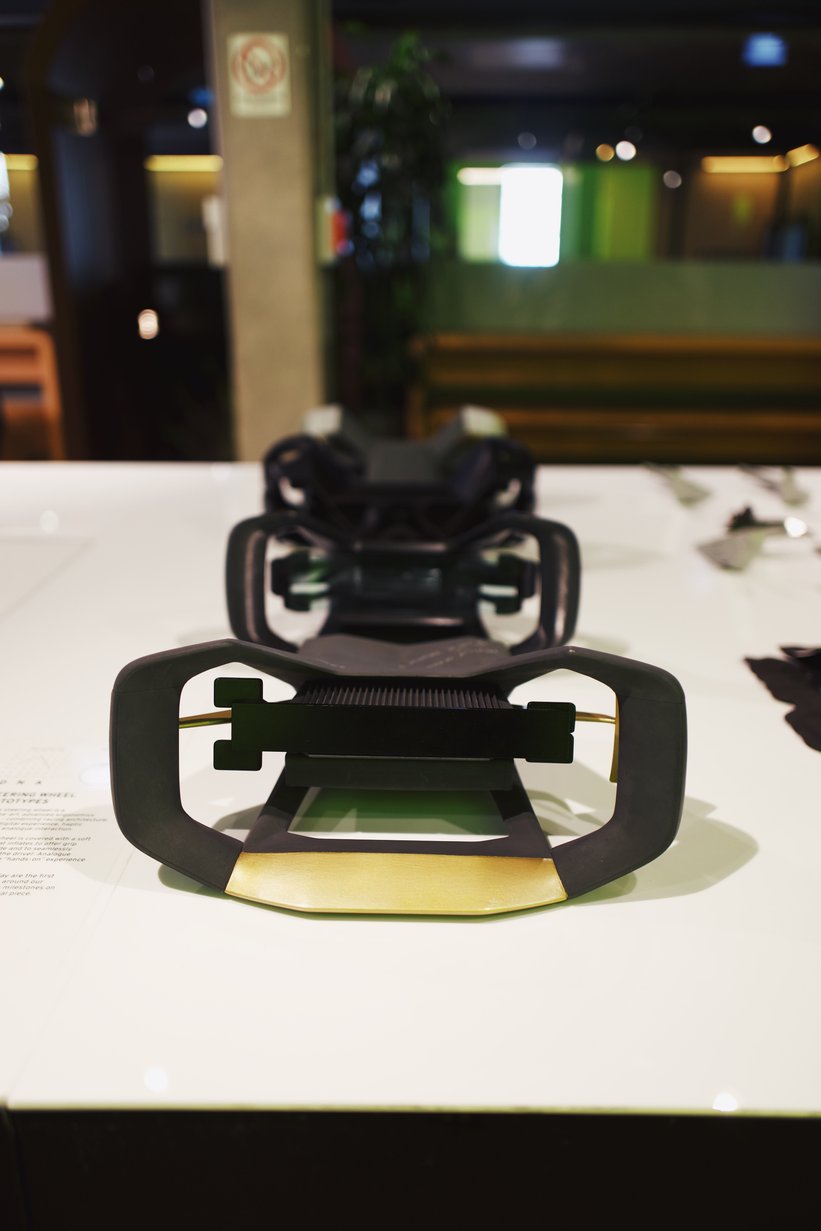
We quickly recovered with a double espresso at La Marzocco, the famous Italian coffee machine maker, which has recently teamed up with Porsche – and reminded us once again of the perfect match between cars and coffee. On Via Alessandro Manzoni, BMW Group Design’s installation “Vibrant Transition” in the neoclassical courtyard of Palazzo Borromeo d’Adda gave visitors a chance to eplore the brand’s new customizable driving experience – and the first electric motorbike designed by Mini. Still, the most exciting and convincing combination of automotive past, present and future – and our favourite 'White Lotus' moment of the season – awaited us in Zona Tortona. Greeted by the timeless wedge shape of a snow-white, first-generation Lotus Esprit, we left the hustle and bustle of Milan’s west end for a deep dive into the brand’s design philosophy, exploring cybernetic theories from the 1960s, futuristic lightweight materials, the history of the iconic golden trim and a series of prototype future steering wheels. Unfortunately, the daring Lotus Theory 1 concept car was not on display – even so, the British brand should certainly stay on the radar of every car design enthusiast.


After our four-day inspirational journey through the side streets and courtyards of Milan, we were finally longing for some petrol fumes and good old car talk. So when our friends from Motoring Attitude asked us to join an impromptu car meet on Piazza del Carmine, we didn’t need to think twice. After all, who needs to worry about tarrifs on a mild springtime evening in Italy while admiring some of the town’s coolest classic cars and sharing slices of Pizza with old and new friends. When we were finally driving through Milan’s cobblestone streets at midnight in a nimble Alfa Romeo 1300 Junior, with party goers cheering and applauding the car's timeless silhouette, we couldn’t help but wonder if the key to a better future could truly be found in the design philosophies of the past. But that’s a topic to discuss in another night...
Photos: Jan Baedeker





















































